
“As the flowers of April fade away,
there is one flower
that blooms in May,
and that is —the Peony (Shaoyao)
Every year in April and May,
many people start sharing their cultivated Peonies on social media.
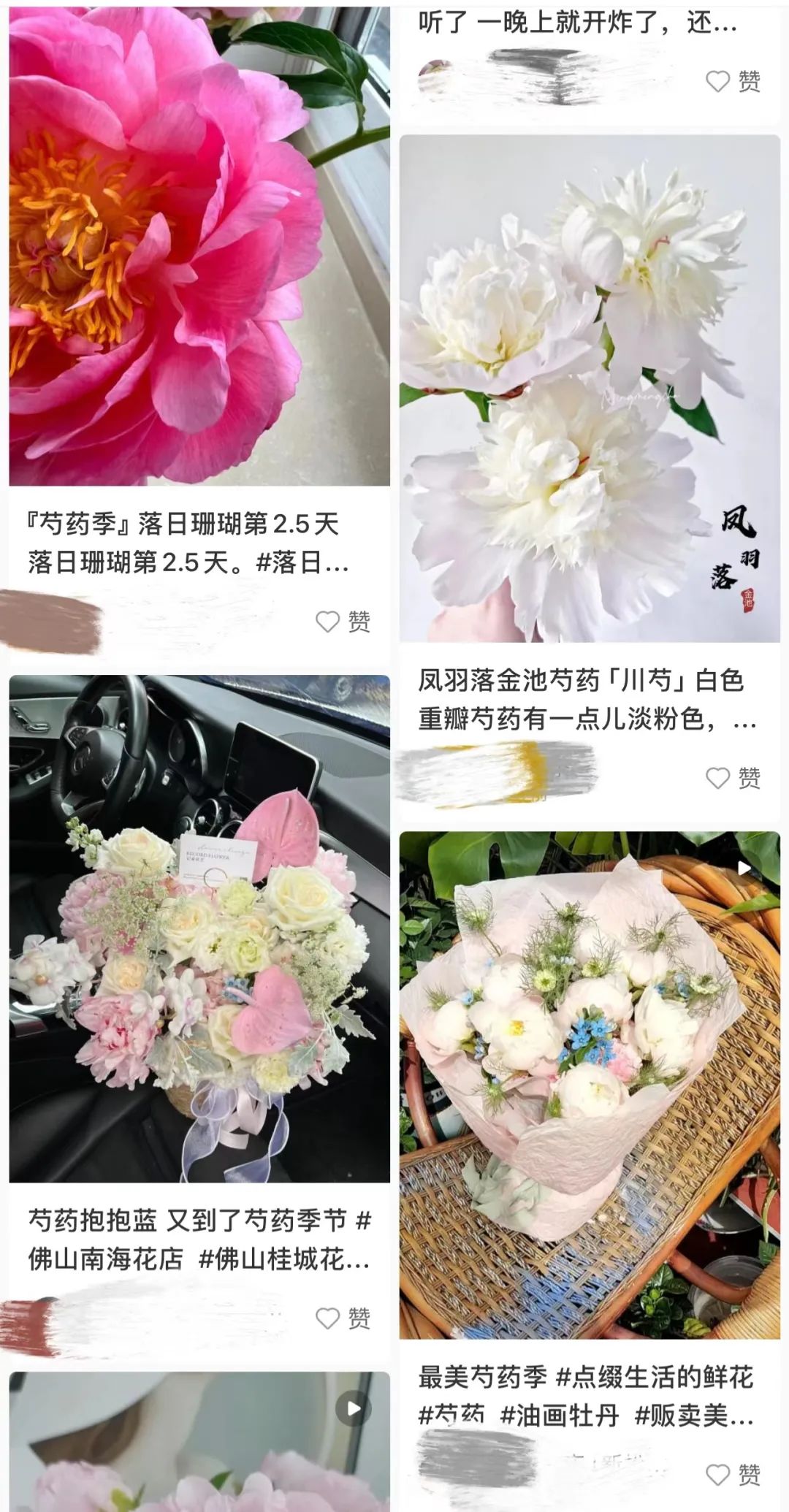
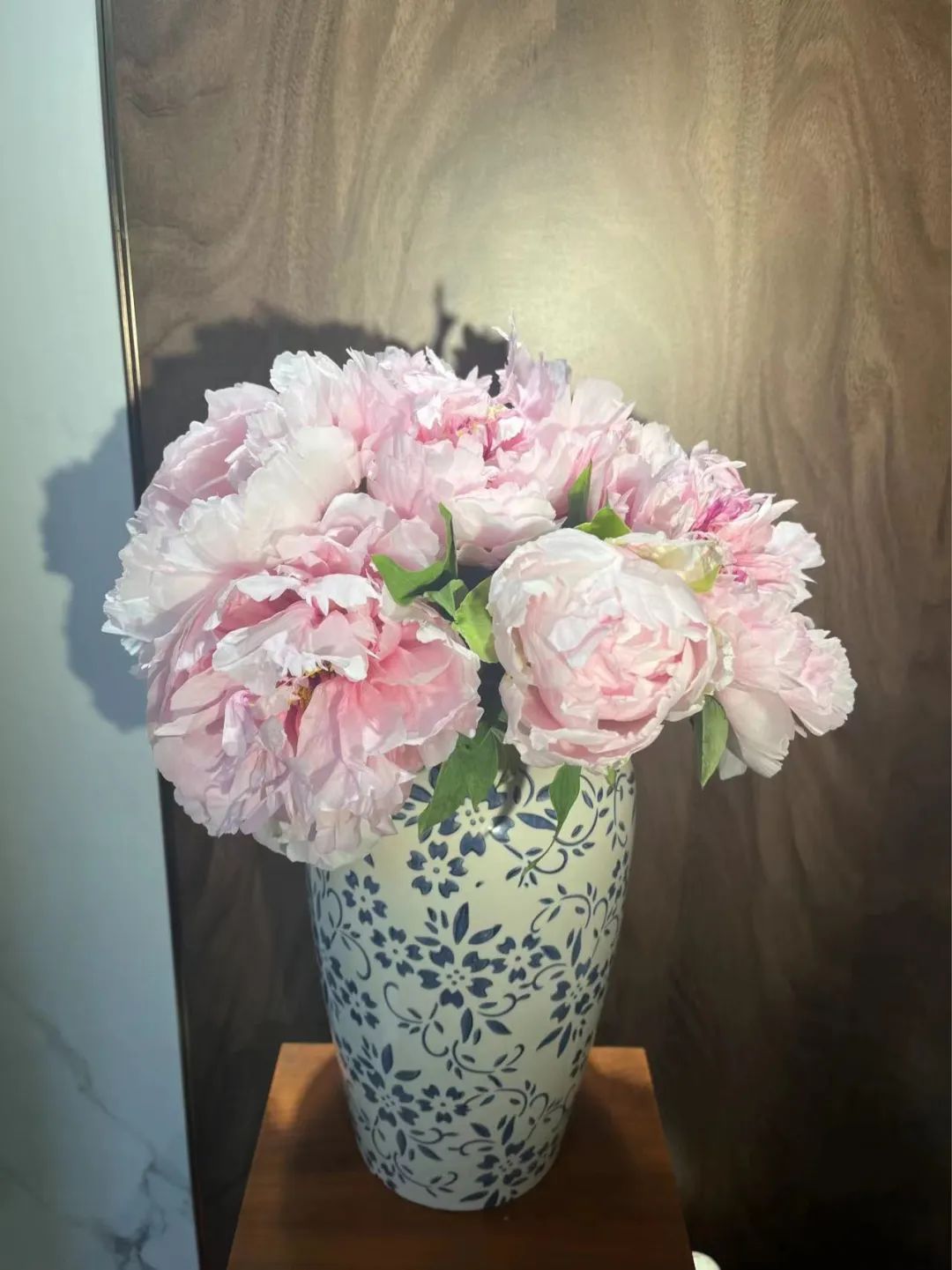
▲Image source: Provided by netizens
The Peony, with its color, fragrance, and charm,
is not only beautiful but also has significant medicinal value.
The root can be used in medicine, with different varieties having different effects.
Li Shizhen from the Ming Dynasty stated: “Peony, like a delicate beauty, is named for its beautiful appearance. This herb’s flower is delicate, hence the name.”
The Peony root is first recorded in the “Shennong Bencao Jing” (Shennong’s Classic of Materia Medica).Tao Hongjing in the “Bencao Jing Jizhu” classifiedPeony into Bai Shao (White Peony) and Chi Shao (Red Peony)..
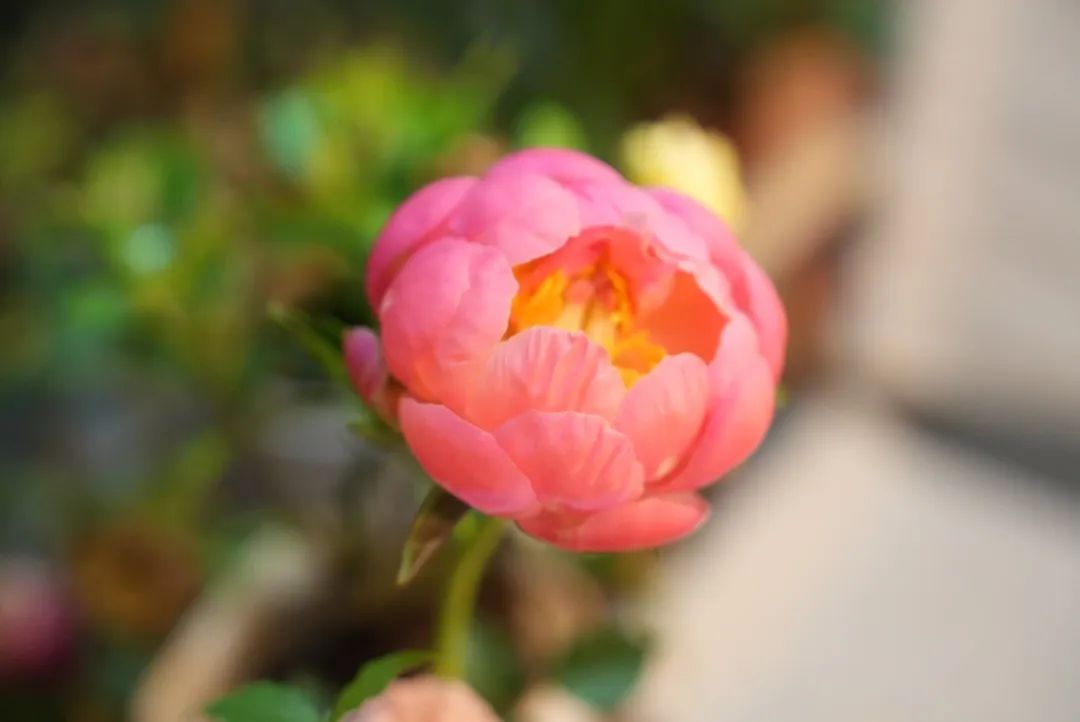
▲Peony flower. Image source: Provided by netizens
Bai Shao and Chi Shao are the dried roots of the Peony plant (Chi Shao can also come from Chuan Chi Shao).
- Bai Shao is obtained by harvesting the Peony root, washing it, removing the head and tail and fine roots, boiling it in water, then removing the skin, or peeling it before boiling, and then drying it, with a surface that is whitish or light brownish-red;
-
Chi Shao is obtained by removing the rhizome, fibrous roots, and soil, and then drying it, with a surface that is brownish-black.
Bai Shao and Chi Shao have the following effects:
Bai Shao is slightly cold in nature, bitter and sour in taste, primarily nourishing blood and astringing yin, capable of nourishing blood and regulating menstruation, astringing yin and stopping sweating, softening the liver and alleviating pain, and calming liver yang. It is used for blood deficiency, irregular menstruation, spontaneous sweating, night sweating, flank pain, abdominal pain, limb cramps, headaches, and dizziness.
Chi Shao is slightly cold in nature, bitter in taste, capable of clearing heat and cooling blood, dispelling stasis and alleviating pain, and is adept at draining fire and moving stagnation. It is used for heat entering the nutrient and blood levels, warm toxin causing rashes, vomiting blood, nosebleeds, red and swollen eyes, liver qi stagnation with flank pain, dysmenorrhea, abdominal pain from masses, trauma, and abscesses.
Different processing methods yield different effects.
Through different processing methods, the clinical effects and applications of Bai Shao and Chi Shao also vary. Modern research indicates thatdifferent processing methods affect their components, playing a role in “reducing side effects and enhancing efficacy.”
※ Fried Bai Shao has a slightly milder effect, primarily nourishing blood and astringing yin.
※ Fried Bai Shao with wheat bran has a mild effect, primarily harmonizing the liver and spleen.
※ Wine-fried Bai Shao can reduce its cold nature, clear heat and cool blood, dispel stasis and alleviate pain.
※ Vinegar-fried Bai Shao can enter the blood, astringe blood and stop bleeding, soothe the liver and relieve depression, and alleviate pain.
※ Soil-fried Bai Shao can enhance its ability to strengthen the spleen and stop diarrhea, calm the liver and alleviate pain, nourish blood and regulate menstruation, and astringe yin and stop sweating.
※ Charred Bai Shao can moderate its sour and cold nature, nourish blood and regulate menstruation, astringe yin and stop sweating, soften the liver and alleviate pain, and calm liver yang.
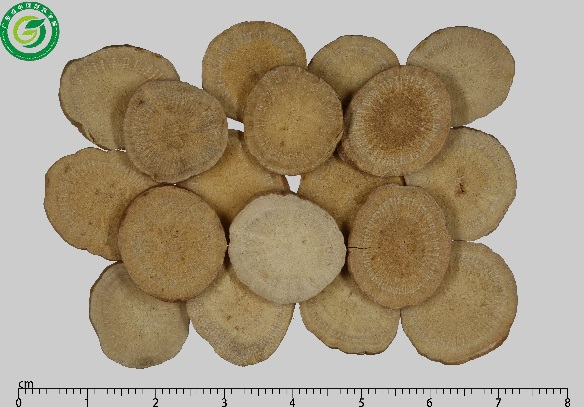
▲Fried Bai Shao


The flowers can be used for health maintenance.
In addition to the roots, Peony flowers also have the effects of promoting circulation and nourishing blood, softening the liver, and have been historically known as the “flower of women’s medicine.”
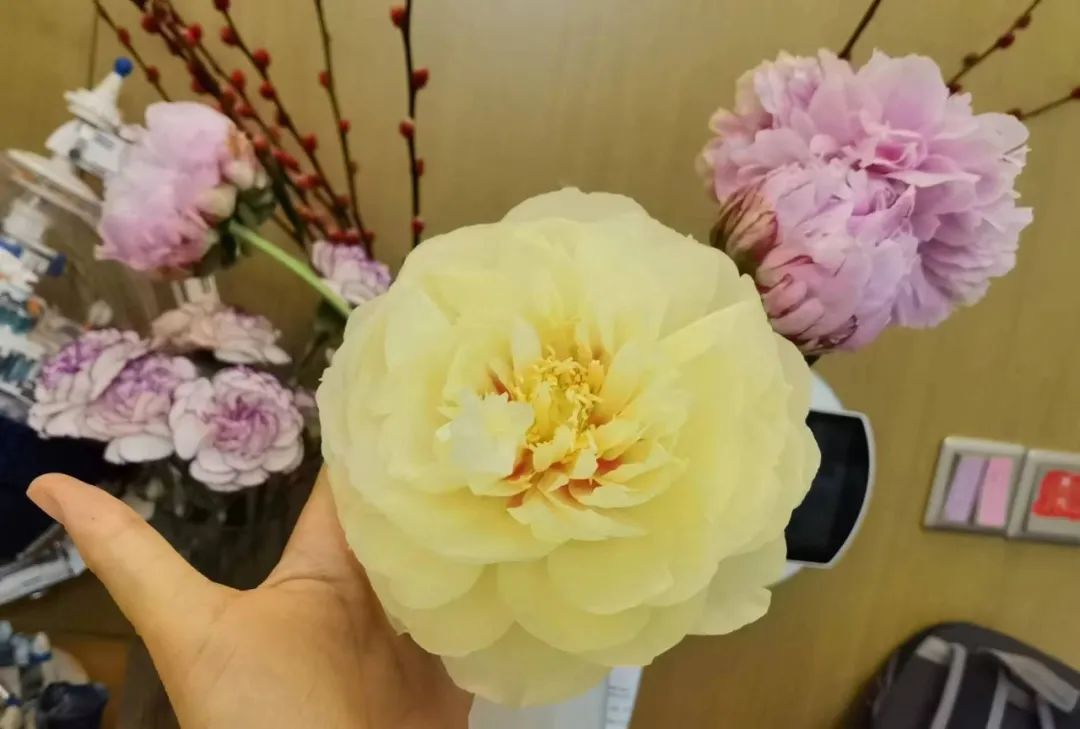
▲Image source: Provided by netizens
-
As a food therapy, during the Western Han Dynasty, there was a dish called “Bear Paw with Peony Sauce” which is a braised bear paw dipped in Peony sauce; in the Yuan Dynasty, one of the four famous teas, “Qiong Ya,” is made from Peony buds; in the Qing Dynasty, it was recorded that “spring buds or flower petals can be pan-fried with flour, tasting crispy and delicious.”
-
In modern times, there is a trend to make Peony flowers into herbal teas, flower porridge, flower wine, flower cakes, and flower soups for health maintenance.
Research shows thatPeony flowers are rich in trace elements such as zinc, iron, and copper, as well as high levels of proteins, polysaccharides, organic acids, phenolic compounds, and astragalosides, which can supplement various nutrients needed by the human body.
Peony flower essential oil has a unique fragrance and strong antioxidant activity.

▲Image source: Provided by netizens
Additionally, Bai Shao also has skin moisturizing and whitening effects. The Ming Dynasty’s “Introduction to Medicine” recorded that Bai Shao, Bai Zhu (White Atractylodes), and Bai Fu Ling (White Poria) each 5 grams, and licorice 2.5 grams (San Bai Decoction) boiled in water and taken warm can tonify qi and nourish blood, regulating the functions of the organs to promote smooth circulation of qi and blood, which can improve rough skin, sallow complexion, chloasma, pigmentation, and acne, thus achieving skin moisturizing and whitening effects.
However, it should be noted that Peony should not be used with Li Lu (Veratrum); its sour and cold nature is not suitable for postpartum use; and for those with spleen qi deficiency and cold, it should not be used raw, or should be used after being fried with wine.
Contributed by | Pharmacist Hu Li from Guangdong Provincial Hospital of Traditional Chinese Medicine and Luo Mingchao
Edited by | Zhang Zhiying Chief Editor | Zhang Xiuli
Produced by the Guangdong Health Online Multimedia TeamRecommended Reading List of 2516 Villages Proposed to be Named Guangdong Health Villages
List of 2516 Villages Proposed to be Named Guangdong Health Villages Guangdong Experiences Record Rainfall in April! When Will It Stop? There Are Three More Rainfall Events Coming Up →
Guangdong Experiences Record Rainfall in April! When Will It Stop? There Are Three More Rainfall Events Coming Up →

